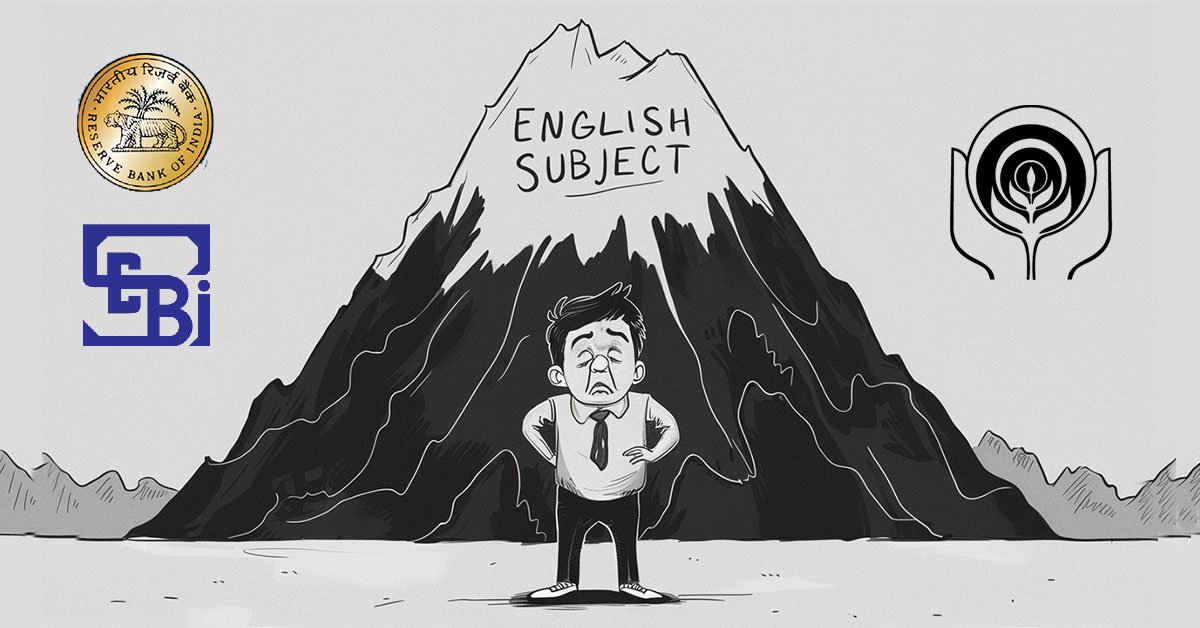Source: BS
Context:
India’s commercial banks’ credit-deposit (CD) ratio has crossed 80%, a level often viewed as the upper bound of the Reserve Bank of India’s (RBI) comfort zone. CD ratio indicates the proportion of loans extended by banks relative to their deposits. Current CD ratio (fortnight ended October 31, 2025): 80.21%. Historically, 75–80% is considered a comfortable range.
About Credit-Deposit (CD) Ratio
- The Credit-Deposit (CD) ratio is the proportion of a bank’s total loans (credit) to its total deposits.
- Formula:
- CD Ratio (%)=(Total Advances (Loans)/Total Deposits)×100
Purpose/Significance:
- Banking Efficiency: Measures how efficiently banks are using deposits to lend.
- Liquidity Indicator:
- Low CD Ratio (<50–60%) → Bank is lending less; excess deposits may remain idle.
- High CD Ratio (>75–80%) → Bank is lending more; risk of liquidity crunch if deposit growth lags.
- Economic Insight: High CD ratios reflect strong credit demand; low ratios may indicate weak lending or excess liquidity.
- Regulatory Benchmark: RBI generally views 60–75% as a healthy CD ratio range, balancing liquidity and credit growth.
This ratio helps assess banking sector health and the availability of credit to the economy.
Reasons for Rise in CD Ratio
- Credit growth outpacing deposit growth:
- Year-on-year credit growth (October 2025): 11.3%
- Year-on-year deposit growth (October 2025): 9.7%
- Factors boosting credit demand:
- Lower interest rates after 100 bps repo rate cut
- GST rate rationalisation
- Income tax incentives
- Improving consumption and corporate investment demand
- Large corporate borrowings and slow deposit mobilisation (partly due to funds flowing into mutual funds) also contribute.
Impact of Monetary Policy
- Weighted average lending rates on fresh and outstanding loans have declined by 58 bps and 55 bps, respectively.
- Weighted average term deposit rates on fresh and outstanding deposits fell by 106 bps and 22 bps, respectively.
- Small savings rates remain higher than formula-based rates, attracting some retail funds.
- Anticipated further repo rate cut (expected 3–5 December) could exacerbate deposit mobilisation challenges.



















